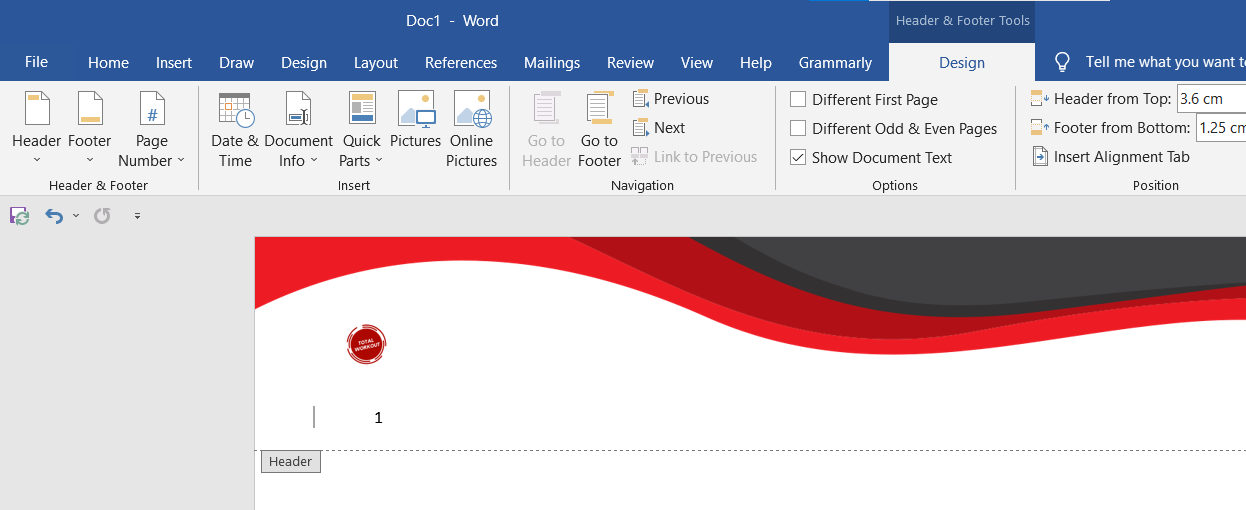

- Create custom heading styles in word how to#
- Create custom heading styles in word pdf#
- Create custom heading styles in word update#
Let’s do this properly so click on Custom Table of Contents. Place the insertion pointer where you want your table of contents to appear, and now just head over to the References tab on the ribbon and the first group is called Table of Contents. Okay, so you’ve been using heading styles in your document and you are ready to create a table of contents.
Create custom heading styles in word update#
This means if you update a heading or add a new one, you can simply click to update your contents and any new item styled with Heading 1 will now appear alongside the correct page number showing. Simply select your heading text, click Heading 1 and it will be exactly the same font, size, weight and spacing as any other Heading 1 in your document.Īnd when it comes to creating a table of contents, this work really pays off as the table you create is fully dynamic. You might use these for your main headings, sub headings and any lower level headings. Word comes with several of these already built in such as Heading 1, Heading 2 and Heading 3. Use paragraph stylesĮvery heading in your document should be created using a heading style.

Create custom heading styles in word how to#
It won’t look good and keeping all the page numbers correct when you make changes to your document will just be a nightmare. It’s really worth understanding now how to do it properly. So if you’re not familiar with paragraph styles and how they work, now’s the time! And if this seems quite complicated, don’t be tempted to try to create a table of contents manually. Any table of contents is generated based on these styles so if they haven’t been set correctly, the table of contents won’t appear correctly either. The most important step by far is that you should always use paragraph styles. But in order for this to appear as it should, there are some very important steps you’ll need to take when creating your document.
Create custom heading styles in word pdf#
The dialog box talks about creating PDF bookmarks using ‘Headings’.In just a few clicks Microsoft Word can generate an automatic table of contents from all the headings and styles in your document. One example is the options available when saving to the PDF format. Headings don’t necessarily have an outline level (but they usually will).Ĭonfusion arises because Microsoft uses the term ‘Headings’ when they should say ‘Outline Level’.Outline Levels don’t have to be headings.‘Heading 1’ style has outline level 1, ‘Heading 2’ style has outline level 2 and so on. The in-built Heading styles are linked to matching outline levels. It’s better known as the Navigation Pane or Outline View. Outline Levels are Word’s way of organizing a document into the ‘tree’ structure that Microsoft calls an ‘interactive outline’.

When making the custom heading styles, setting the Outline Level is often (and understandably) overlooked.Īccording to Microsoft you can apply ‘Heading’ styles to fill in the Navigation Pane – but that’s not entirely true. This problem is most likely to happen if you’ve created custom heading styles and by-passed the in-built ‘Heading n’ styles. A Table of Contents can be built without the essential part of the Navigation Pane – the Outline Level. So they should also appear in the Navigation Pane too? The document has headings, you can see them in the Table of Contents on right. Normally the Table of Contents and Navigation Pane are almost the same.


 0 kommentar(er)
0 kommentar(er)
